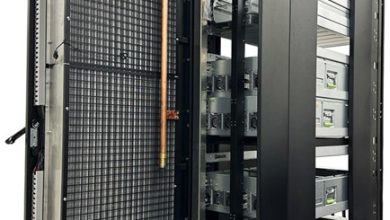
<a href=”http://www.skullcandy.com/“>Skullcandy</a> relies on real-time analysis from its massive data warehouse, customer databases and data-intensive forecasting and business analytics systems to make complex business decisions. Storing and analyzing data on a legacy disk-based system, however, came at a steep price.<br />
<br />
“Spinning disk carries a high management overhead for planned data growth. Unplanned, large and dynamic data additions to production systems means setting up bunk beds in the racks parallel to your spinning disk – it makes handling large, growing volume of datasets a difficult task. Our production systems were grinding to a halt,” said Brent Allen, director of infrastructure, Skullcandy.<br />
<br />
To support its virtualized data center running on <a href=”http://en.wikipedia.org/wiki/VMware_ESX“>VMware ESX</a>, Skullcandy decided to replace its legacy disk array with a flash-based storage system to achieve performance and scalability requirements.<br />
<br />
Skullcandy selected and deployed the <a href=”http://www.purestorage.com/flash-array/“>Pure Storage FlashArray</a>. With average and batch processing latency now running at sub-1ms, and FlashArray is achieving data throughput rates well beyond 20 Gbits/sec, which has dramatically improved its business applications and made production bottlenecks a thing of the past.<br />
<br />
His team is now saving money on power and cooling costs, and has gained back much of the data center rack space previously occupied by its legacy SAN disk arrays. And by consolidating databases that were previously spread across multiple servers and storage volumes onto a single server and FlashArray, Skullcandy has significantly reduced pending database licensing costs with Oracle and Microsoft.<br />
<br />
Download the case study to know more.<br />






